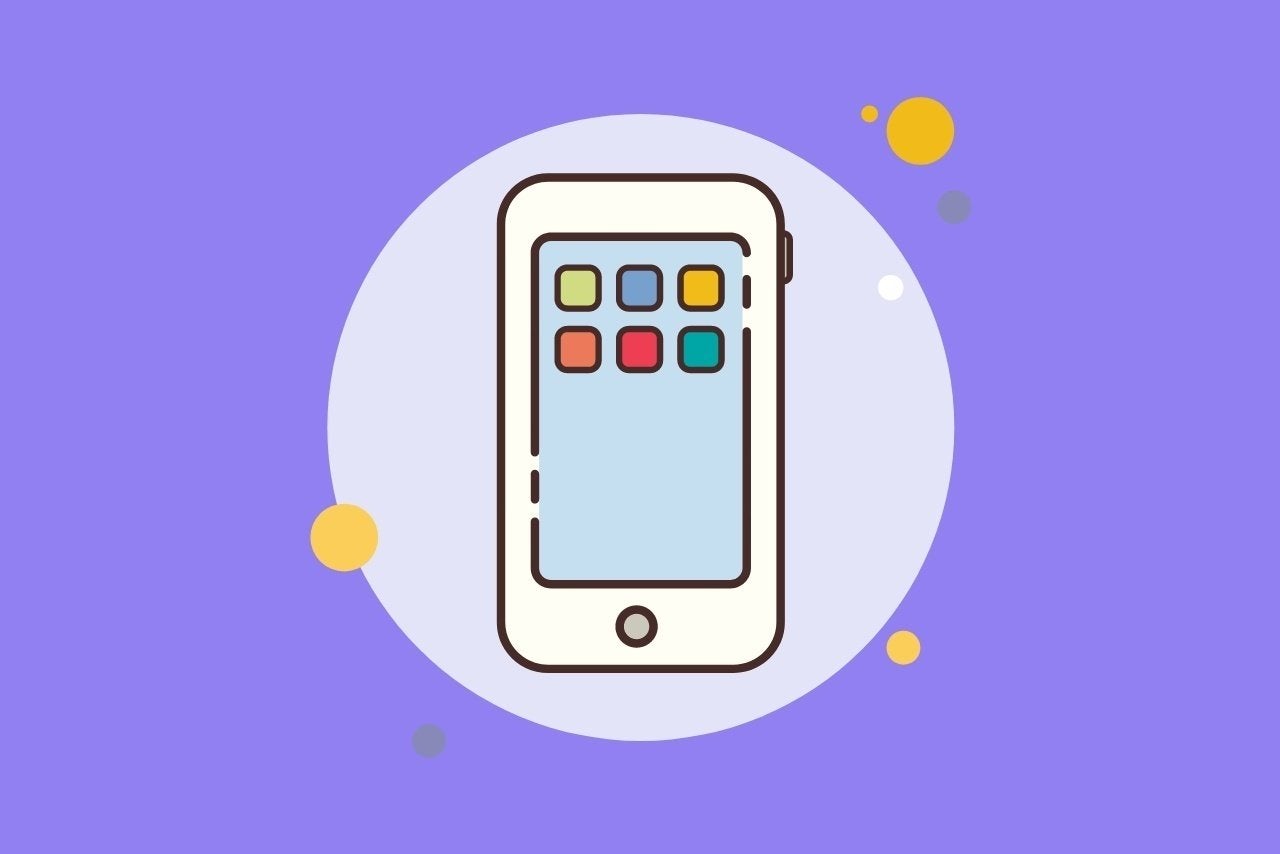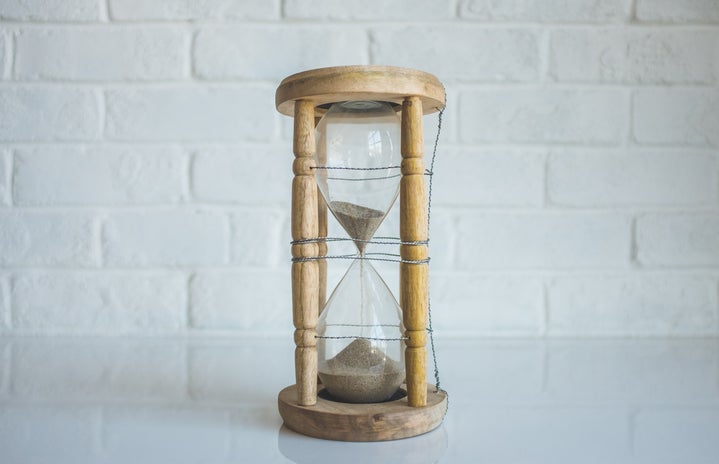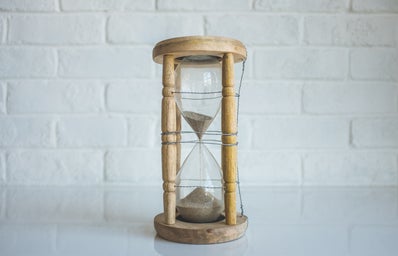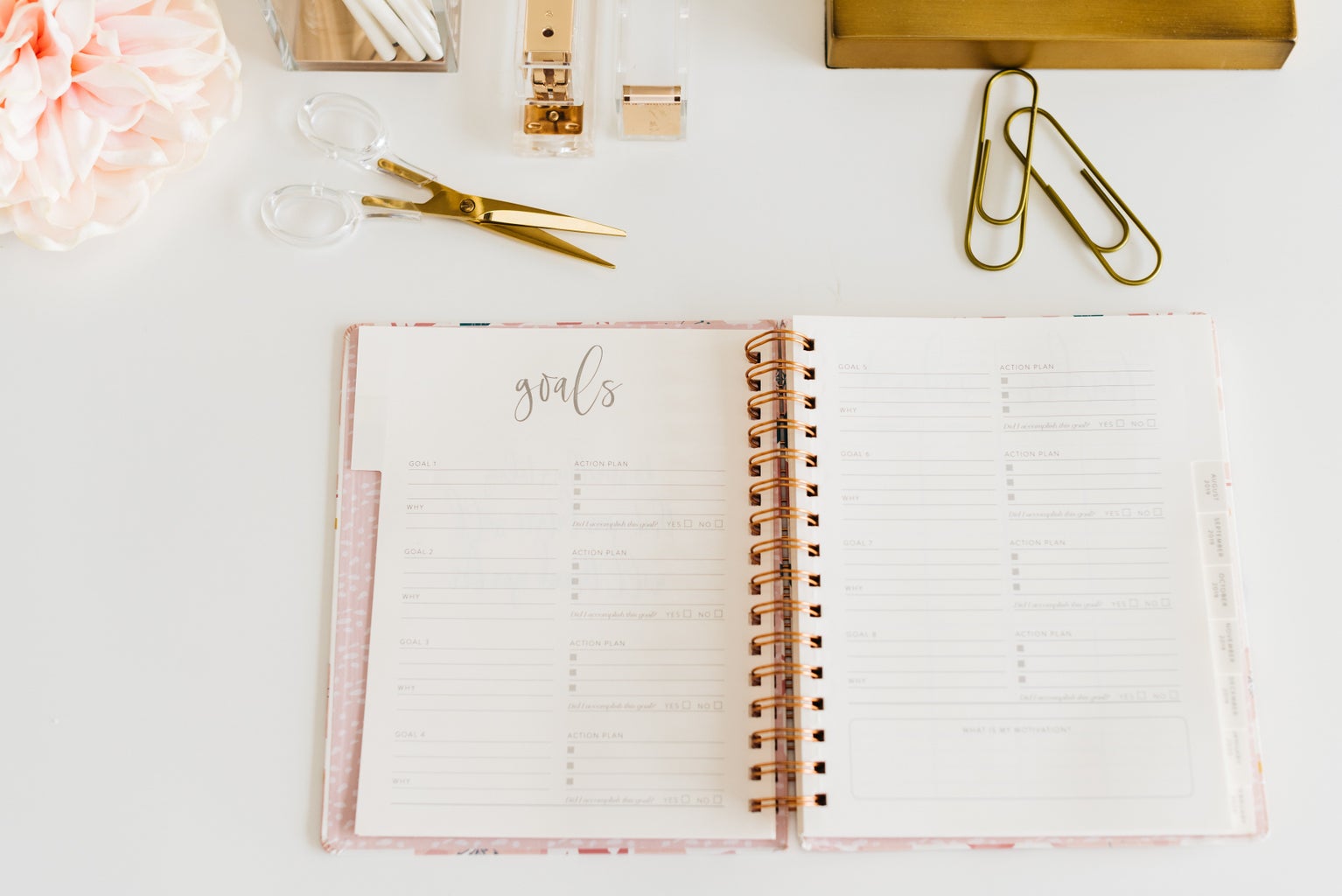After many years of trial and error, I have finally reached a stage in my life where I feel as if I can truly be productive — not just simply say I will be, but actually carry it out in my day to day life. One day after I finished a super short task that had taken me a whole week to get to because of my lack of productivity, I just knew I had to change my habits, and I could not be happier that I did. Here are some of my tried-and-tested tips!
-
Time blocking.
Time blocking is when you allocate different chunks of your day to specific tasks. It might seem pretty intuitive, but I found that keeping a general idea of how I’m breaking down my time wasn’t enough, as I could get distracted easily by anything from a good book to talking with my friends. My ideal time blocking strategy is literally having a schedule of the entire day, and blocking out chunks of time the night before. It’s not a strict schedule per se, but it’s something that definitely orients me towards being more productive.
-
Take advantage of apps and programs.

In this day and age, there are a plethora of productivity apps and programs to choose from. It can honestly be overwhelming. For me, I find that my favorite apps are Google Calendar and Notion. Google Calendar is what I have found to be most useful for my time blocking strategy; I created recurring events per week (like classes, extracurricular meetings, Covid testing, etc.), and every night before I fill out my day by day schedule based on the tasks I need to do. Notion is an application that has a variety of functions such as databases, kanban boards, wikis, calendars and reminders — it can be overwhelming! I recommend looking up Youtube videos of people’s Notion layouts to figure out how you want to personally take advantage of the powerful program; your Williams email address gets you the Notion Pro program for free as a student! If you want to discuss my Notion and Google Calendar set up specifically, feel free to email me (my unix is sg17).
-
Pen & paper.
Sometimes, having a bunch of apps to refer to can feel more like you’re planning to be productive rather than actually being productive. Plus, sometimes I will take a look at my setups and feel like the world is caving in on me — which is when I find that having a handwritten to-do list of tasks I need to complete on a weekly basis can be so helpful. As of right now, I’m using an old planner I never used from 2016 to delineate my tasks per day. The dates aren’t aligned to the present, but it’s not really the dates I need so much as the weekly layout with tons of space for my many tasks (this is because my Notion and Google Calendar setup is more about dates, while my todo lists are task oriented). Before this, I would use post-it notes or random scraps of paper; and of course, regular up to date planners are always a good resource to default to.
-
Whatever works best for you!
I’ve listed here what works best for me. So, this isn’t the end-all-be-all! Feel free to try out my tips and see if they work for you. If they don’t, look around for other tips — I recommend heat mapping (assigning colors to productive tasks vs. nonproductive tasks on spreadsheets in 30 minute increments) to see how you use your time. Heat mapping was what made me realize that even if I finished my tasks for the day, I did it in a way that was rushed, since I spent a majority of my time doing unproductive tasks. Once I started changing my habits, my heatmap started to look a lot more green. And don’t forget that productivity, in addition to being efficient and working towards your goals, also includes time for yourself.
Productivity, I have found, is a delicate balance between powering through and accomplishing your goals and also taking time to stop and breathe, indulge in yourself. What I do to ensure I have a balance is an adjusted version of the Pomodoro technique (it’s a technique where you use a timer to break down work into intervals, usually 25 minutes in length, separated by short 5 minute breaks). I have this beautiful hourglass with sparkling sand, and whenever I’m about to do work, I turn it, readying myself to work for an hour. Depending on how I feel at the end of that hour, I’ll either continue working and flip the hourglass again and again until I feel tired, after which I’ll use the hourglass to take a one hour break. (My breaks include reading a good book, watching my favorite TV shows, or just scrolling through social media.) The hourglass helps me check in on myself periodically, which is a good form of self care especially when you are trying to maximize your productivity but still keep your sanity. Whatever it is you choose to do — good luck! :)




